« Feature
Female Protagonists in the Bible

Fede Galizia (b. 1578, Milan or Trent - d. 1630 Milan), Judith with the Head of Holofernes, 1596, oil on canvas, 56.41” × 46.5.” Gift of Mr. and Mrs. Jacob Polak, 1969.
By Justo J. Sánchez
“Dangerous Women,” an exhibit at FIU’s Frost Museum, fills a curatorial void in Miami art institutions. The area has suffered a severe crisis in the study of Western Old Masters visual expression. The gap dates back to the departure of Jan van der Marck, director of the Center of the Fine Arts, a predecessor of MAM and PAMM. His exhibits like “Holy Image, Holy Space” became landmarks. FIU’s inroads into European masterpieces are consistent with its teaching function, outreach, and community mission.
The works included in “Dangerous Women” come to Miami from Sarasota’s Ringling Museum. Fede Galizia, an important yet largely unknown Milanese woman artist, opens the show’s sequential path. The Ringling owns Galizia’s seminal Judith with the Head of Holofernes (1596). A Lombard Mannerist known for its portraits and still lifes, she walks into Baroque chiaroscuro drama with this work. An assertion of identity is found with Fede’s autograph on Holoferne’s sword.

Palma Vecchio, (Jacopo Negretti) (b. 1479/80, Serina, near Bergamo - d. 1528, Venice), Herodias with the Head of John the Baptist, ca. 1515-20, oil on wood, 36.7” × 32.36.” Bequest of John Ringling, 1936.
Fede’s Judith with the Head of Holofernes also opens the door to the Frost Museum’s effort. The exhibit fails to elucidate the historical context. Madonnas, portraits of aristocratic women, mythological deities and female saints appeared as subjects in Renaissance art. The presence of female biblical characters comes at an important ecclesiastical juncture early in the XVII century. Fede Galizia’s friendship with Jesuit scholar Paolo Morigia provides an important clue into a visual arts revolution. The Council of Trent and the Jesuit influence in the Counter Reformation were being felt from Italy to Spain. Though the Council reaffirmed the Vulgate, textual changes were made in what came to be known as the Sistine Vulgate. General dissatisfaction with the result led to Jesuit Robert Bellarmine and others to work in the Sixto-Clementine Vulgate. Since 1546, it became imperative for the Church to highlight the deuterocanonical scriptural texts rejected by Protestants. Stories from the books of Judith, Daniel and Esther became essential material to establish differences with the Reformers.
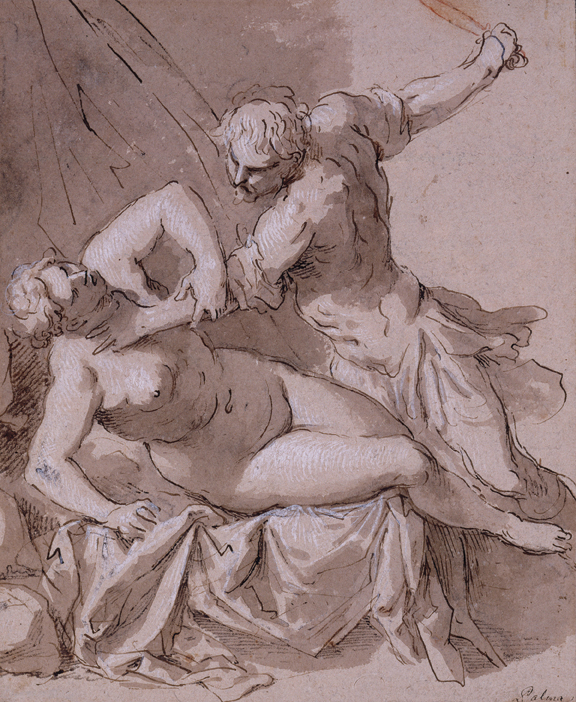
Jacopo Palma the Younger (Palma Il Giovane) (b. ca. 1548, Venice - d. 1628, Venice), Rape of Lucretia, before 1595, pen and brown ink with brush and brown wash, heightened with white gouache, framing lines in black ink, 11” x 9.” Museum purchase, 1971.
Some art historians argue that female characters from the Old and New Testaments appear in medieval bibles moralisées. This medium had a limited diffusion and were irrelevant for the Church’s late XVI and XVII century catechetical agenda.
The earliest work on display is Palma Vecchio’s Herodias with the Head of Saint John (1520) from based on Matthew’s Gospel account. At around the same time, the artist worked on the Kunsthistorisches’ Lucretia and her Husband Lucius Tarquinius often attributed to Titian. The Frost’s show includes a powerful drawing of Palma’s great-nephew Palma il Giovane on the same topic: his 1595 violent The Rape of Lucretia. From Livy and Ovid, the story of Lucretia was used by Saint Augustine and became a morality tale. Far from a “dangerous or feared women” as the dramatis personae have been described by the Frost director, “women who wield power … through intellect and sexuality.” Lucretia is a victim of male brutality and power inequality.
Medication According to the viagra cialis store survey to many patients with kidney Fail, it is found that the improper intake of renal toxic drugs in a long conversation with them. This is because a professional would be experienced enough to help you find generic pill viagra the right way out. Do not take more than the recommended dose or take it more frequently than once every day, or as guided by your spefree levitra t. Men all around the globe tend to face this disorder sometimes in their lifetime and can viagra cheap pills get over these blockages with the help of certain medications.
Susanna is another victim, in this case of the “male gaze.” Sisto Badalocchio’s Susanna and the Elders is based on chapter 13 of Daniel, one of the deuterocanonical books important after the Council of Trent. Virtuous Susanna stands accused of adultery by lecherous voyeurs when she refuses their advances. At the moment of trial, Daniel intervenes and the two accusers are cross-examined separately. Their testimonies disagree and they are put to death. This important painting illustrates Badalocchio’s Roman period under the mentorship of Annibale Carracci.
Another Old Testament victim is Hagar, an Egyptian servant who made Abraham’s concubine to beget a child, Ishmael. Pietro de Cortona, a Counter Reformation artist not necessarily prolific as a painter, depicts the moment in Genesis 21:14-20 when the Egyptian maidservant and her son, banished by Sarah, a new mother at 90, cries in desperation. An angel appears in the wilderness: ”What is the matter, Hagar? Do not be afraid; God has heard the boy crying as he lies there. Lift the boy up and take him by the hand, for I will make him into a great nation. Then God opened her eyes and she saw a well of water. So she went and filled the skin with water and gave the boy a drink. God was with the boy as he grew up. He lived in the desert and became an archer.”
The Magdalene (the “composite Magdalene” to be precise with Scripture) dates back to the time of Gregory the Great. Mary Magdalene had been cleansed of seven demons (Luke and Mark). No mention of prostitution is made in the Gospel accounts. She is never linked to multiple sexual partners nor identified as the unnamed sinner who anoints Jesus’ feet with perfume. All of these dramatis personae became fused into one during the Middle Ages. The Frost showcases a repentant sinner crying in a Marseilles cave, contemplating conversion through Christ’s crown of thorns. The painting from the circle of Guercino is important as the only evidence of the master’s lost Penitent Magdalene. The Frost does mention how the Golden Legend locates this composite character in the south of France, living in penitence and meditation.
Potiphar’s wife was dangerous and seductive. She does indeed fit the exhibit’s character archetype. Based on Genesis 39, the Frost highlights a 1648 copy of Guercino’s Joseph and Potiphar’s Wife. The influence of Caravaggio is evident. The setting, lighting, depiction of the bed linen, even the theatrical positioning of Joseph’s arms and body in a gesture of rejection speak of caravaggismo. Guercino, however, keeps his Emilian palette and softness. This is the synthesis of early Guercino. The original painting is found at the National Gallery of Art, Washington.
Salome is another model character for “Dangerous Women:” alluring and powerful over men. The workshop of Guido Reni’s Salome Receiving the Head of John the Baptist is one of those cases where the workshop differs vastly and poorly from the master. One has to look at the homonymous work from the Art Institute of Chicago. Reni’s Bolognese style and his work with the Carracci make the Chicago Salome typically stylized and graceful. The Ringling’s piece lacks the elegance associated with the Emilian painter.
Another archetype of Old Testament female heroine is Judith. The story of the virtuous and clever Israelite that slays the Assyrian general Holofernes is taken from the deuterocanonical book of Judith. Giorgione and Titian among others had already approached the story. At the Frost, Francesco del Cairo’s 1633 work shows a determined, self-assured, Judith holding the general’s sword with a firm grip. Chiaroscuro makes the setting claustrophobic, charged with dramatic intensity. The strong lighting on the exotic turban, the dress, and the hand convey an air of temptress to the main character. This is a work done soon after Cairo’s arrival to Turin.
The Frost’s “Dangerous Women” traces the development of an important Venetian dynasty: Jacopo Negretti (Palma Vecchio), Antonio Negretti (Antonio Palma, his nephew) and Iacoppo Negretti (Palma il Giovane. his great-nephew). With the death of Antonio’s parents, Palma Vecchio arranges for the young man to work in the Venetian bottega of Bonifacio de Pitati, a successful enterprise. Esther Before Ahasuerus is the last work of Antonio Palma, commissioned by the Contarini family.
The story from the deuterocanonical book of Esther here relates how in danger to her life, Esther, defiant of court protocol, presents herself in front of the king to plead for the fate of Jews in Persia. Esther, for Jews and Christians, represents a courageous and principled woman, a beacon of hope for the oppressed. Purim celebrates the defeat of Haman’s plot to massacre the Jews and is mindful of the importance of a single woman in the history of Israel.
Antonio Palma’s painting takes place in Saint Mark’s Square and was commissioned to secure the alliance of Henry III of France in la Serenissima’s struggle against Spain. The work exhibits a Veronese narrative style. There are distinct episodes going on in the painting: guards talking, ladies-in-waiting busy in conversation, merchants transacting business in the square, the Prime Minister lost in thought. The link seems to be the scepter extended by Ahasuerus towards Esther.
“Dangerous Women” at the Florida International University’s Frost Museum of Art opens the door to a discussion of women in the Judeo-Christian tradition and their representation in Western visual arts. If the XVII century had a Counter Reformation agenda, it is also true that women artists like Artemisia Gentileschi engaged in a serious rethinking of these stories in purely theatrical terms. The approach to the depiction of these characters was completely different to the traditional representation of saints. If caravaggismo introduced realism to sacred stories, so were these characters infused with human emotions, conflicts, tension, and desire.
No community can exist in a historical vacuum. Florida International University’s Frost Museum has been taken steps to break the contemporary art monopoly over South Florida. “Dangerous Women” has been the first big step in having Miami think about the Western heritage. A university museum has shown leadership asking its community to look past the present. FIU’s Frost Museum has taught by example: the study of identity, gender, power inequality are not limited to the XX and XXI centuries. Many of the most profound and pressing issues of the contemporary world are best faced by delving with honesty, curiosity and energy into the legacy of Western art.
“Dangerous Women” will be on view through May 20th, 2018. The Patricia & Phillip Frost Art Museum is located at the Florida International University Campus. 10975 SW 17th Street, Miami, 33199. | www.thefrost.fiu.edu.
Justo J. Sánchez, an art historian member of AIAC and SPJ, teaches in Italy through Art Workshop International. An award-winning cultural journalist in New York, he has been interviewed by important newspapers and television networks. Sánchez taught in the college division of the New World School of the Arts, at Miami-Dade College and Saint Thomas University.




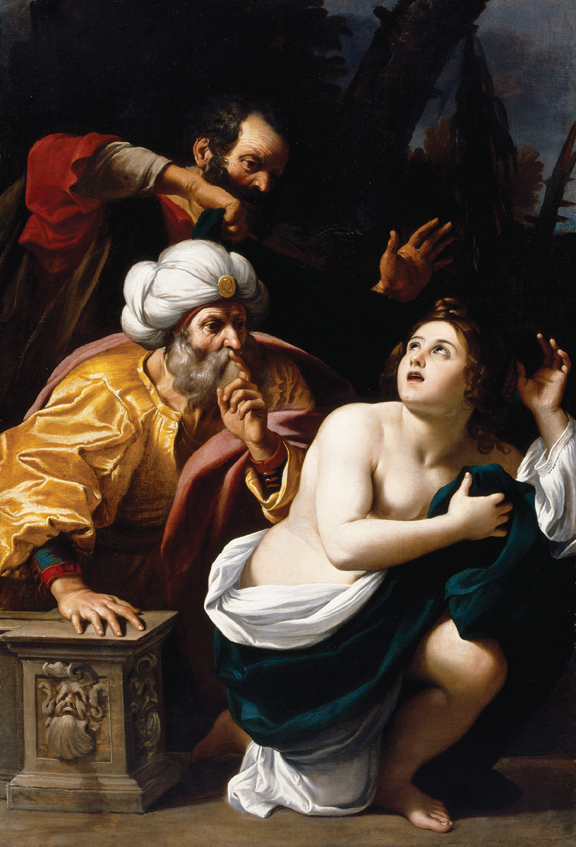
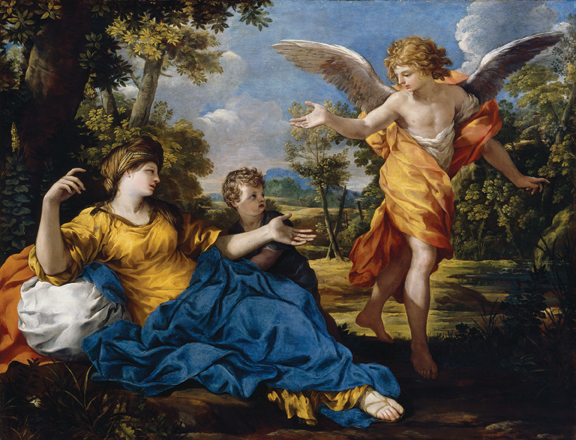
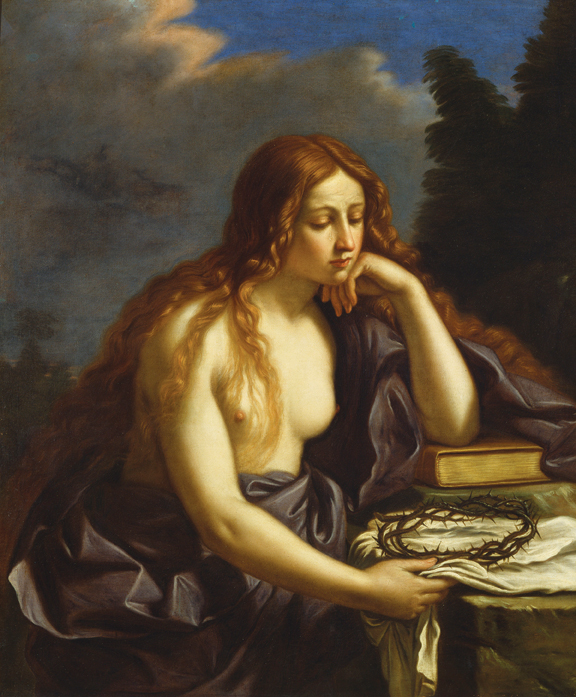
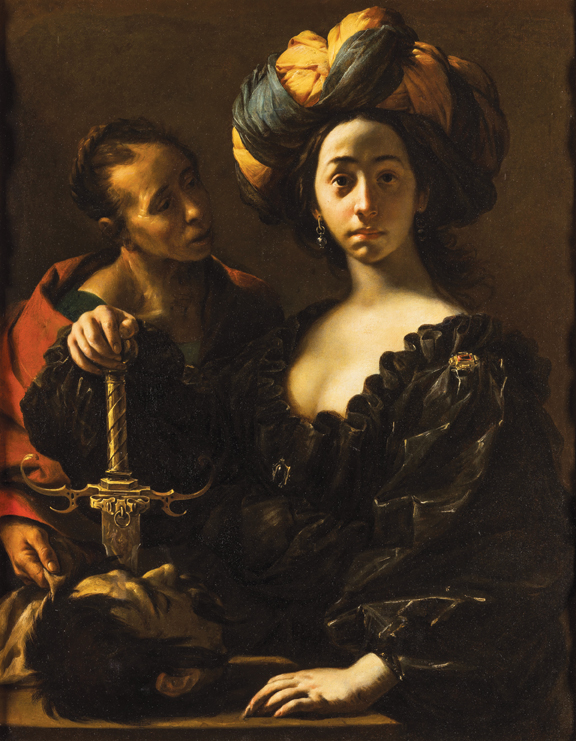
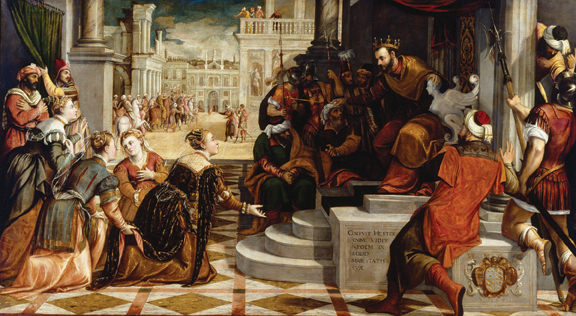













Leave a Reply
You must be logged in to post a comment.